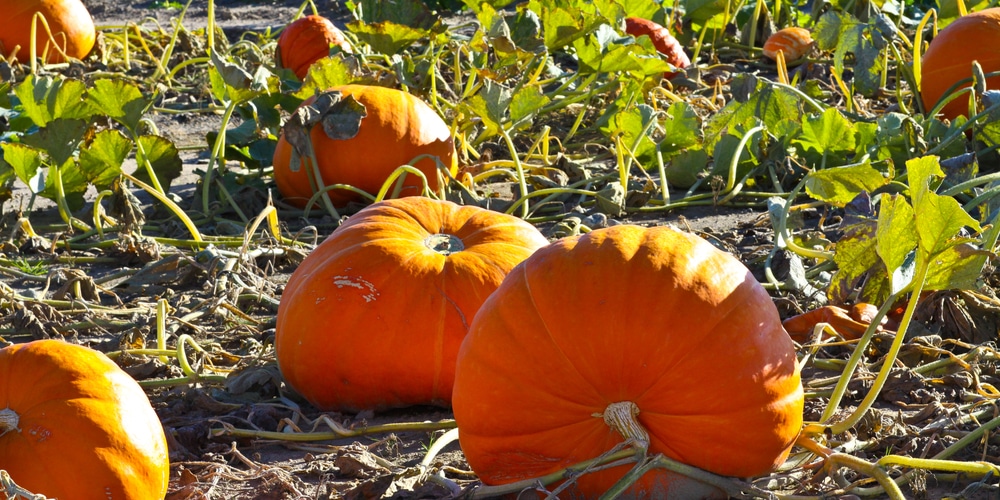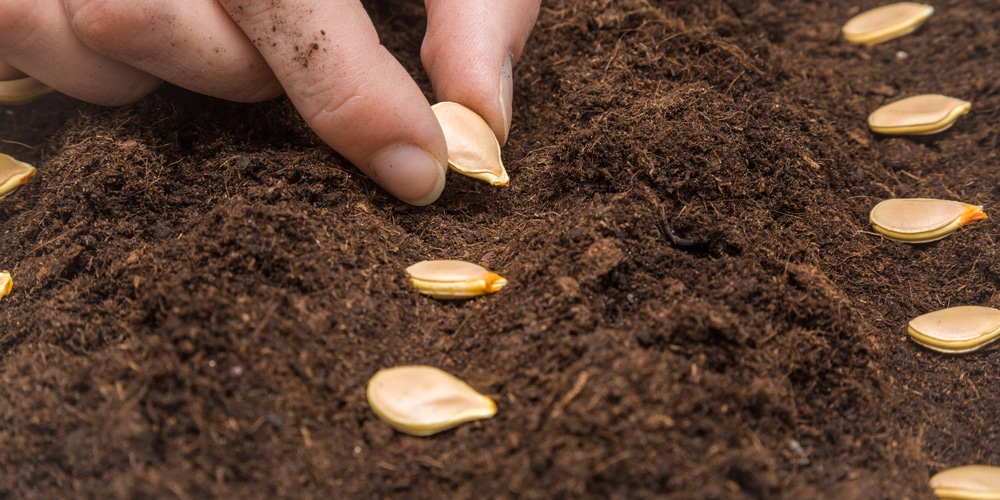As a gardener, you have to solve the puzzle regarding the best time to grow your pumpkin. If conditions are met, pumpkin seeds will sprout quickly. You all know the drill of burying them 3 inches deep in temperatures of 60 degrees Fahrenheit. Then the time of growth depends on your hardiness zone. On an average scale, the Arizona hardiness zone may range anywhere from zone 4 to zone 9, according to the USDA. Let’s look at when to plant pumpkins in Arizona?
It’s best to grow your pumpkins in late spring after the first frost. But in Arizona, the planting calendar should be marked with early summer dates. That is, from late May through June.
However, pumpkin growing in Arizona is demanding. You are not just going to throw the seeds in the garden; sit there and wait. You have to properly time the correct period to start the seeds indoors and determine the soil conditions in which the pumpkins will thrive. Additionally, you need to be responsible for watering, all of which we have discussed below.
When is the right time to plant pumpkins in Arizona?
As the final frost in late April nears, you should sow pumpkin seeds straight into the readied beds indoors. Then take out the seedlings after three weeks, as many growers in chilly areas do. In Arizona, grow pumpkin seedlings in the summer to take advantage of space left over from spring crops.
However, you have to start the pumpkin seeds indoors earlier and transplant them outdoors to a garden to beat the next frost. That is 2-3 weeks before planting time. The minimum soil temperature should be 60 degrees Fahrenheit.
You should expect your pumpkins to produce their fruits after 100-130 days, depending on the variety you have grown. Remember, if the last frost date is mismatched with the growth time, the first frost during the fall will affect the pumpkin fruits.
How to grow pumpkin seeds in Arizona
Pick a good, sunny location with rich, well-drained soil and a pH range of 5.8 to 6.8. If you are dealing with a Moschata pumpkin, you don’t have to worry about pests, and it can do well in old compost.
In the first month after planting, some varieties will need floating row covers to protect against pests. You have to start them in rows and give them at least three feet of distance from each other. The larger fruited pumpkins will need lots of interval space. The planting holes need to be made with 2 inches of mature compost and light organic fertilizer.
After you’ve planted the pumpkin seedlings, ensure you cover them with protective row coverings right away. Pumpkin vines should reach a height of at least 8 ft.
The average pumpkin will grow after 25-30 inches of rain or watering. The fruit, while developing, requires more water. ” The top of the pumpkin will not grow completely if water is not provided evenly when the fruit is forming. This is common when there’s a lot of heat and droughts. In Arizona, you may want to rely on irrigation to aid in the maturing and growth of your pumpkins.
Summary
Okay, ladies and gentlemen, if you live in Arizona to grow pumpkins, you have to start by preparing your garden after the spring season. The seeds should be started indoors for three weeks, towards the first frost. Once done, all you have to do is take the now growing seedlings outdoors to a ready garden.
Related article: A Guide to Pumpkin Growth Stages


